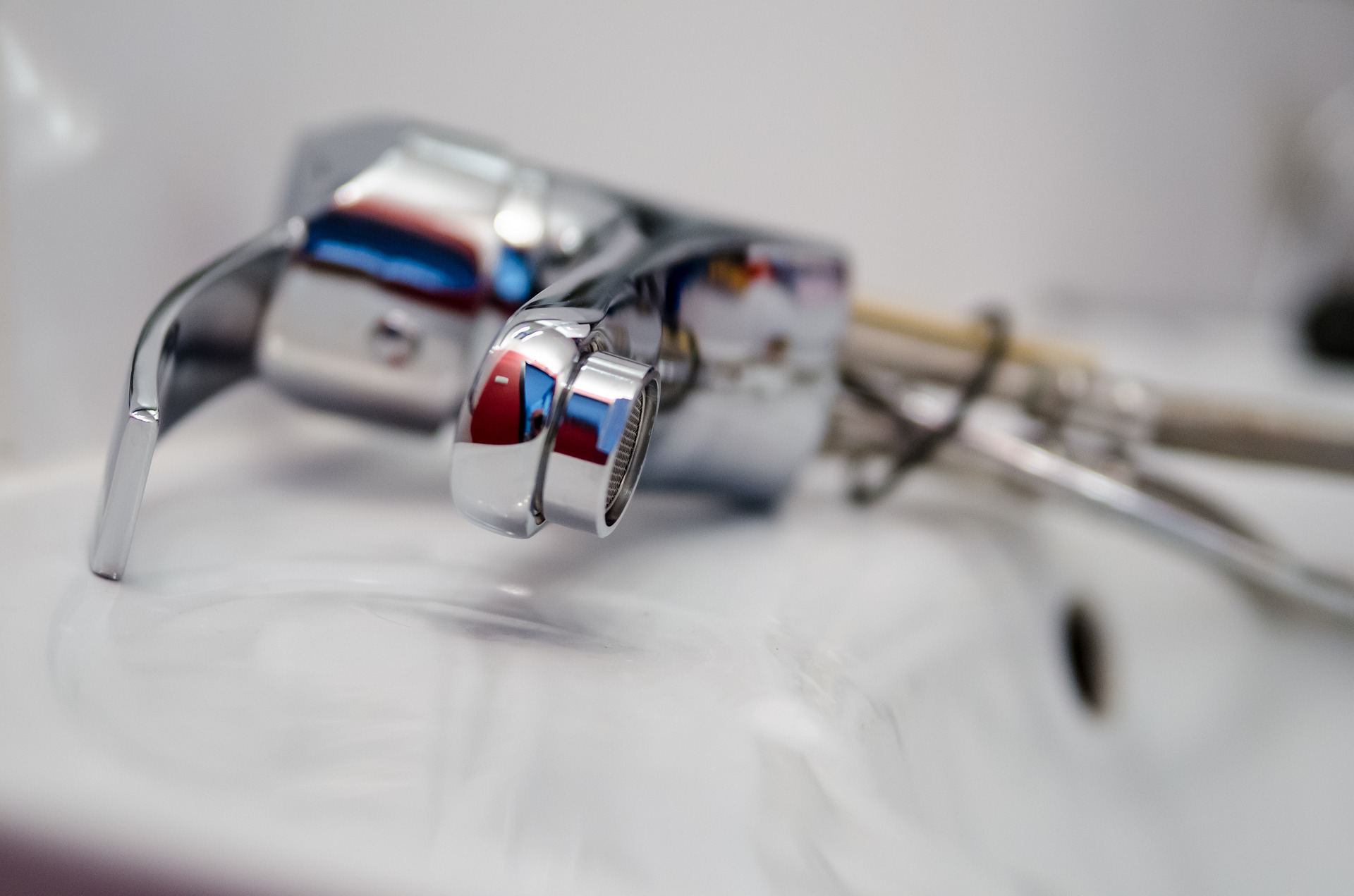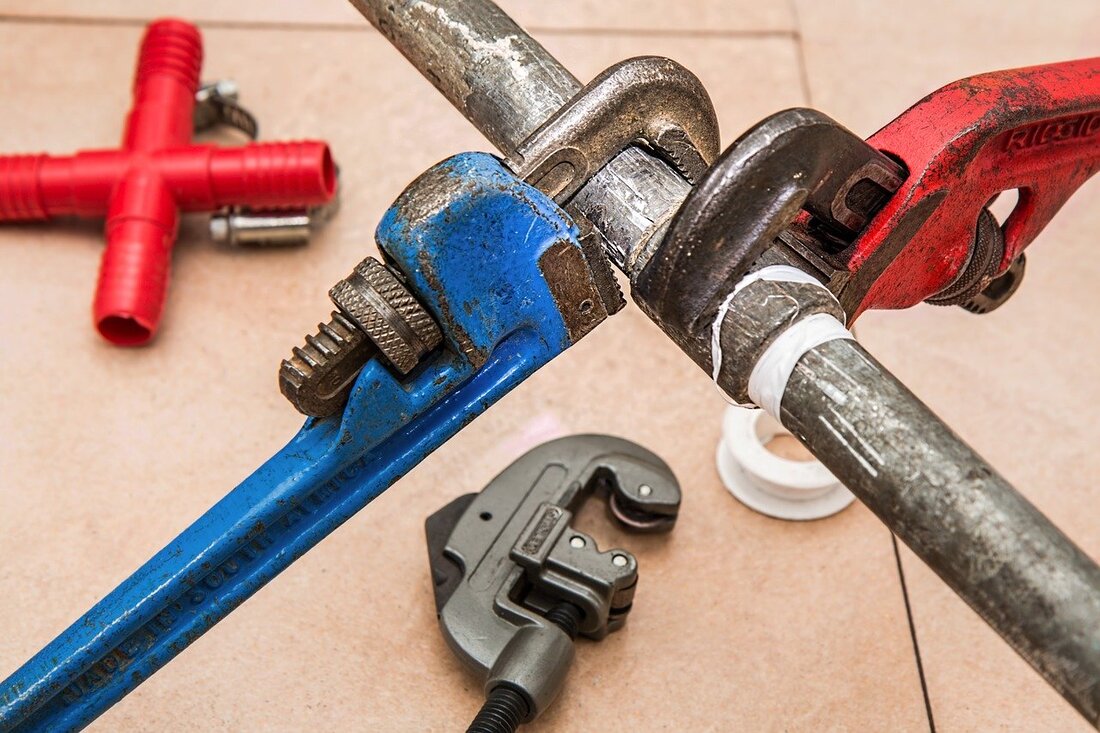This great article which follows about Plumbing Basics Every Homeowner Should Know is without a doubt intriguing. Don't bypass it.

Plumbing is a vital facet of any type of home, in charge of supplying tidy water for alcohol consumption, food preparation, and bathing, along with getting rid of wastewater safely. Recognizing the basics of home plumbing is essential for every single home owner to make sure correct upkeep, troubleshooting, and, if required, fixings. In this beginner's guide, we'll cover the essential principles of home plumbing to assist you become much more familiar with exactly how it functions.
Water Furnace
The water heating system is accountable for home heating water for domestic use, including showering, food preparation, and cleansing. Common kinds of hot water heater consist of tank-type hot water heater, tankless (on-demand) hot water heater, and heatpump water heaters. The water heater is attached to the water system and delivers warm water to plumbing components as required.
Water drainage System
The water drainage system removes wastewater from your home and lugs it away to a sewer therapy center or septic tank. It consists of a network of pipes, fittings, and fixtures that carry wastewater from plumbing components to the primary sewage system line or septic system. Correct drainage is essential to prevent obstructions, back-ups, and sewage leakages.
Air flow System
The air flow system helps keep proper air pressure and stop drain gases from entering your home. Air vent pipes, likewise known as air vent heaps, expand from plumbing components to the roof, permitting sewage system gases to leave safely outside. Ventilation pipes also allow air to go into the water drainage system, promoting smooth wastewater circulation and preventing suction or vacuum effects.
Water System
The water system system brings clean water right into your home from a municipal water source or an exclusive well. It includes a major water line that links to your home's plumbing system, usually located underground. A water meter determines the quantity of water consumed, while a shut-off valve permits you to regulate the flow of water right into your home.
Plumbing Fixtures
Plumbing fixtures are tools that deliver water to various parts of your home and include sinks, faucets, toilets, showers, tubs, and home appliances such as dishwashing machines and cleaning machines. Each component is connected to the water system using pipelines and fittings and may have its shut-off valve for upkeep or emergencies.
Typical Plumbing Devices
Having the right devices accessible is essential for carrying out fundamental plumbing repair services and upkeep tasks. Typical plumbing devices include flexible wrenches, monkey wrench, pliers, pipe cutters, hacksaws, bettors, augers (or drainpipe serpents), and Teflon tape. Having these devices conveniently available can aid you deal with minor plumbing issues successfully.
Fundamental Plumbing Repairs
While some plumbing fixings might require expert support, several common concerns can be resolved with fundamental do it yourself strategies. Knowing exactly how to repair a dripping tap, unblock a drainpipe, change a bathroom flapper, or repair a trickling showerhead can conserve you time and money on plumbing repairs.
Final thought
Recognizing the basics of home plumbing is important for every house owner to maintain a secure, functional, and efficient plumbing system. By acquainting yourself with the water supply system, plumbing components, drainage system, air flow system, common plumbing tools, and standard fixings, you can confidently address small plumbing problems and ensure your home's plumbing system runs smoothly.
Plumbing for Beginners: A Comprehensive Guide
If you’re a beginner when it comes to plumbing, don’t worry; you’re not alone. Plumbing may seem intimidating, but with the right knowledge and a little practice, you can handle many common plumbing issues on your own. In this comprehensive guide, we will demystify the world of plumbing for beginners, providing you with the basic knowledge and skills needed to tackle common plumbing problems and even take on some DIY plumbing projects.
The Importance of Basic Plumbing Knowledge for Beginners:
First and foremost, basic plumbing knowledge gives you a solid foundation. It helps you grasp the key concepts and terminology that are essential in this field. By learning the basics, you’ll be able to build upon that knowledge and tackle more complex plumbing tasks in the future.
Having a basic understanding of plumbing also enables you to handle common issues that may arise in your home. Picture this: a leaky faucet or a clogged drain. With some basic plumbing knowledge, you’ll have the confidence to troubleshoot and fix these problems on your own. It saves you from unnecessary expenses and the hassle of waiting for a professional to arrive.
As a beginner, learning the basics of plumbing empowers you to take care of your own home. It gives you a sense of independence and self-reliance. You’ll no longer have to rely solely on professionals for every small issue that pops up. Instead, you can handle many tasks yourself, saving time and money in the process.
Remember, everyone starts as a beginner. Embrace the learning process and take small steps to expand your plumbing knowledge. There are plenty of online resources, tutorials, and even local workshops that talk about plumbing for beginners.
Essential Tools for Plumbing for Beginners
As you start your plumbing journey, having the right tools in your toolbox is crucial. Let’s explore some of the must-have tools:
Adjustable Wrench:
This versatile tool is a staple in any plumber’s toolbox. It allows you to tighten or loosen nuts and bolts of various sizes. Make sure to have an adjustable wrench with a comfortable grip.
Pipe Wrench:
A pipe wrench is specifically designed for gripping and turning pipes. It has serrated jaws that provide a strong grip, making it easier to loosen or tighten threaded pipes and fittings.
Plunger:
The plunger is a simple yet effective tool for clearing clogged drains and toilets. It creates suction when you push and pull, helping to dislodge blockages. Keep a good-quality plunger handy for those unexpected clogs.
Pipe Cutter:
When it comes to cutting pipes, a pipe cutter is your go-to tool. It creates clean, precise cuts without damaging the pipe. Look for a pipe cutter that can handle the pipe sizes you’re working with.
Hacksaw:
A hacksaw is useful for cutting through pipes, screws, and other materials. It’s a versatile tool that can handle different cutting tasks. Remember to use a blade suitable for cutting metal.
Tape Measure:
Accurate measurements are crucial in plumbing. A tape measure allows you to measure pipe lengths, distances, and dimensions accurately. Opt for a sturdy tape measure that extends a good length.
Pliers:
Pliers come in handy for various tasks, such as gripping, bending, and cutting. Slip-joint pliers with adjustable jaws are great for gripping pipes, nuts, and bolts.

I have been very occupied with Plumbing Basics For Every Home: The HomeTriangle Guide and I'm hoping you appreciated the entire blog post. Are you aware of anybody else who is excited by the subject? Please feel free to promote it. Thank you for your time. Don't forget to check our site back soon.
Call Today
Comments on “Deciphering the Basics of Home Plumbing: A Beginner's Manual”